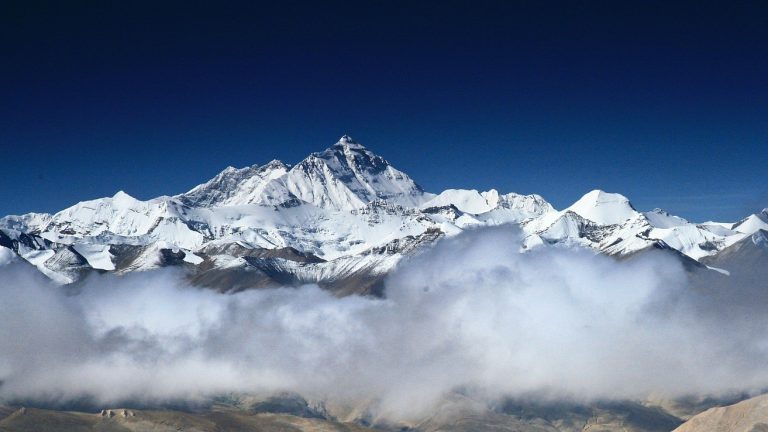The collision between the Indian plate and the Eurasian plate led to the formation of the Himalayan Mountain range. Around 50 million years ago, during the Eocene epoch, the Indian plate started moving northward towards the Eurasian plate at a considerable speed, approximately 15 centimeters per year.
The collision was caused by the process of plate tectonics, where the Earth’s lithosphere is divided into several large and small plates that float on the semi-fluid asthenosphere beneath them. The Indian plate, which was once a separate landmass, started moving towards the Eurasian plate due to the convection currents in the Earth’s mantle.
When the Indian plate collided with the Eurasian plate, the immense pressure and force generated by the impact caused the Earth’s crust to crumple and form the towering peaks of the Himalayas. This collision continues today, and the Himalayas are still rising, albeit at a much slower rate.
The collision and subsequent formation of the Himalayas have had a significant impact on the geology, climate, and biodiversity of the region, making it one of the most fascinating geological phenomena on Earth.

